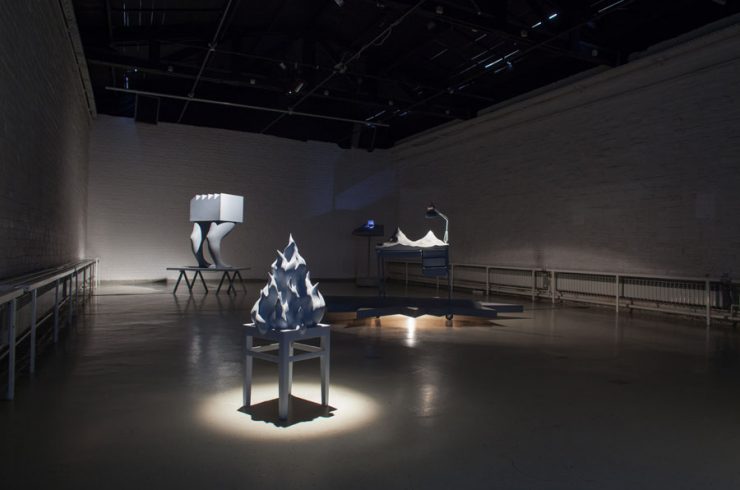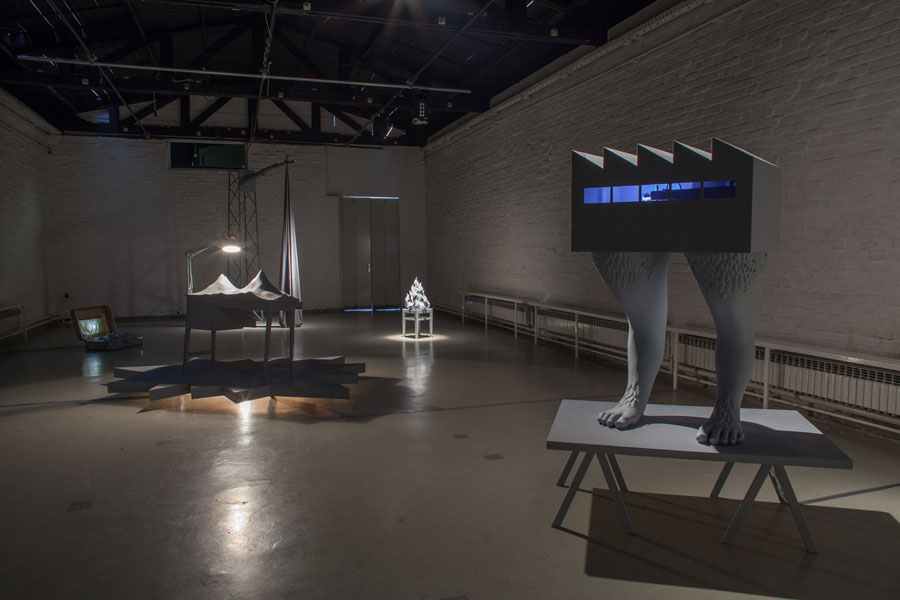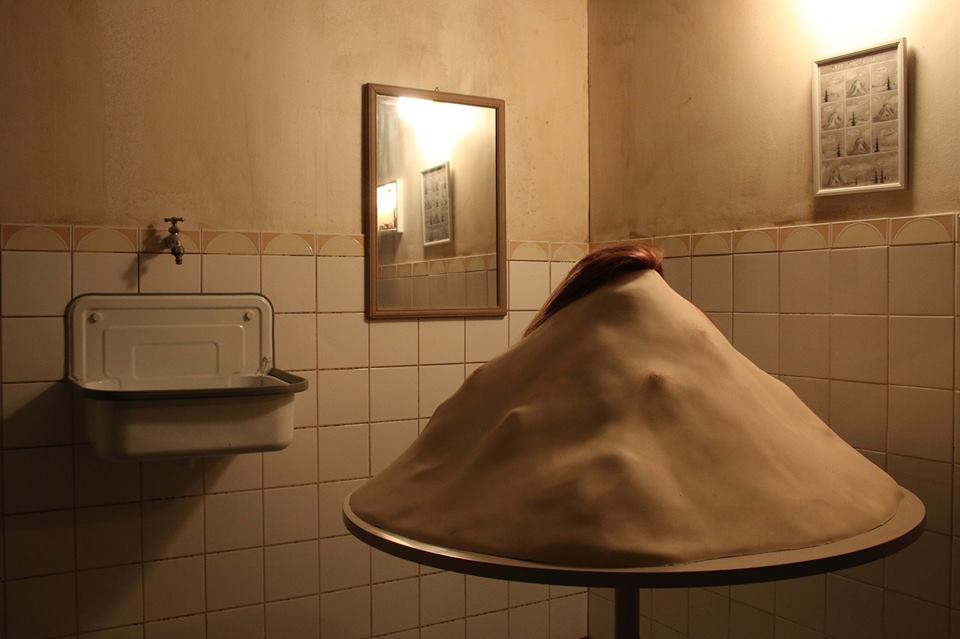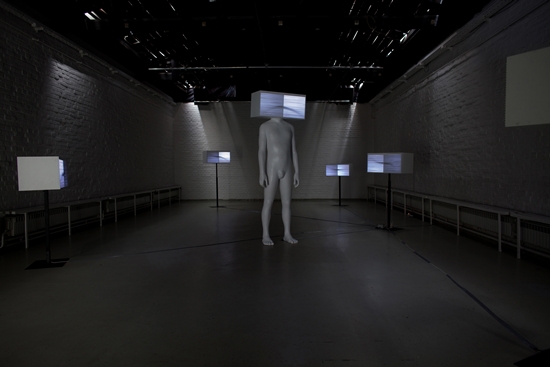Art
Interview: Introduction to Sculptures of Igor Ruf
The sculptures of Igor Ruf are bizarrely surreal and beautiful at the same time. They resemble life-like objects, but collaged together with contrasting elements that seem almost random. What are these beasts, transformers, and miniature sets? They are some form of the artists associations with inspiration taken from life, from movies, memory and identity. As a short introduction, we asked Ruf some basic questions to get an overview of his work.
What is your work about?
Lately I’ve been dealing with sensations of various different situations which are often at the edge of absurd. In the widest sense, I would say that I am dealing with memory and identity, with some kind of regressive remarks on things and phenomena which I often comment ironically.
Do you consider yourself a sculptor or multi media artist?
Almost all of my works are made as a reflection on some kind of space or on something in the space, so I consider myself a person who is specialized for dealing with some kind of spaces. If someone asks me what is my profession I say that I am a sculptor.
When did you start incorporating music and performance into your work?
The first time I used music and performance in my work was when i did a piece named Bearlion which was a part of an exhibition called Exhibition of hills, furniture and walking spaces which I made in 2013. This piece consists of the model of the stage which is placed on the legs of an imaginary animal and the video projection in which I play the guitar and sing on that stage.
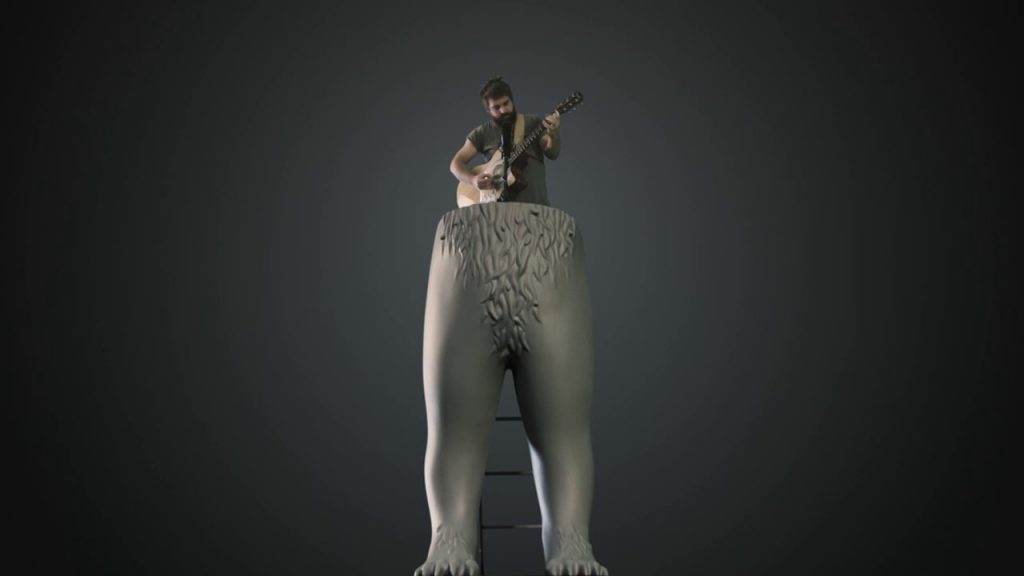
Bearlion – Video Installation [view on vimeo]
It comes from thinking about conflict of uselessness and usefulness, of stupid and smart and of funny and sad.
Which types of materials do you prefer to use and why?
I usually use clay, polyester, wood, styrofoam for making my sculptures/objects/installations. I choose the materials which are cheap and which can be processed quickly.
How was your residency experience in New York at ISCP?
My residency experience in New York was nice , but too short to get anything done. I find it hard to work in an empty room which has only a table in it, so while spending time at ISCP I was actually thinking about and making plans for my future exhibitions at the time which I had in Croatia after returning from New York.
How did winning the Radoslav Putar award in 2014 affect your career?
It was nice that I could have travelled and enjoyed New York unladen and then after that I made an exhibition with no financial worries at Janka Vukmir’s Institute of Contemorary art. The award has affected my career in a really nice way.
What was the main motivation behind your exhibition “hairdresser for the hill”?
It is an audio visual installation with the main protagonist the hill which has hair on itself instead of usual vegetation. It is a multimedia experiment based on a documentary about the woman who lives in Nepal where she got blind, due to the strong UV radiation; she was in the surgery and in the end she could see again. I was intrigued by discrepancy between this banally told story and relevant topics that this documentary deals with. This sequence of events encouraged me to add a fantastic turnabout to this story and to bring it to a total absurdity by adding my insight to the situation; in the song playing from the radio at the hairdresser’s I am concluding that the world is a sad and lonely place where the wind blows non-stop, which is described by onomatopoeia fiju fu.
What are you working on now, future plans? Any new direction for your work?
At the end of December I have an exhibition at The Gallery Događanja in Zagreb so I started thinking about this. I’m doing what I usually do, but each new work brings some new problems to be solved.
